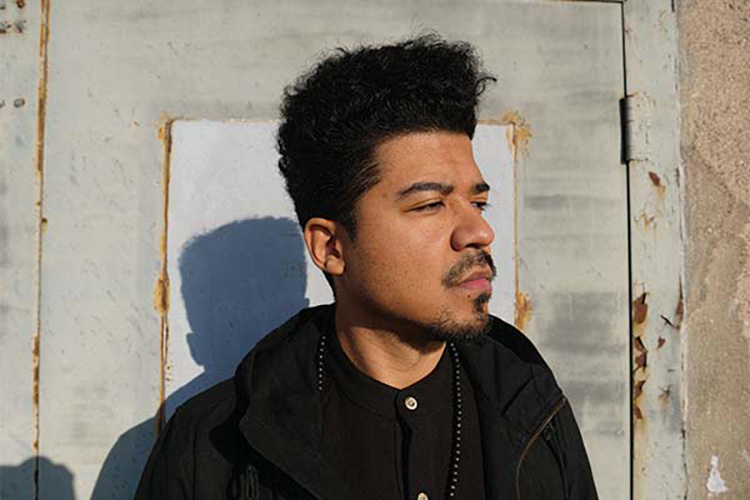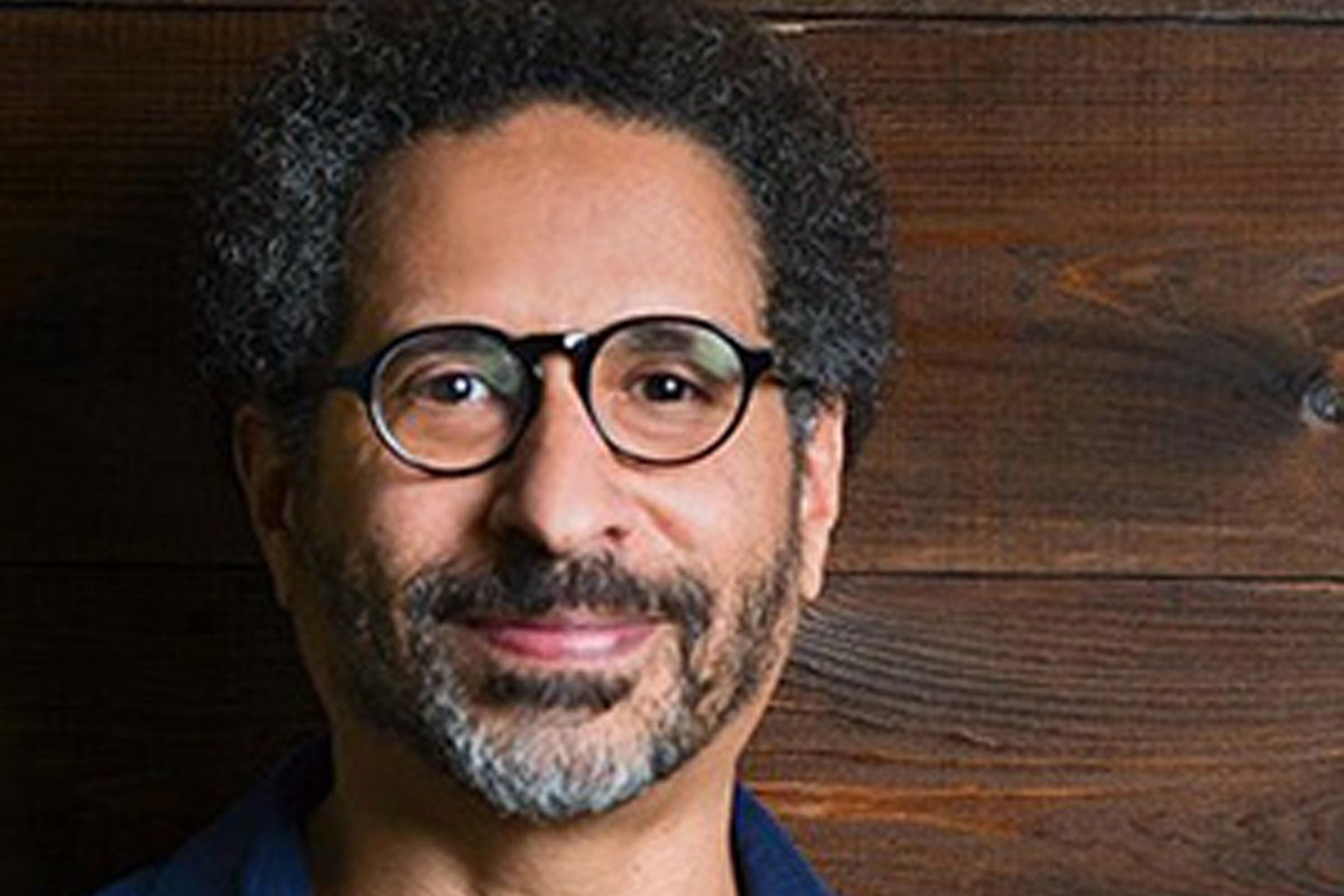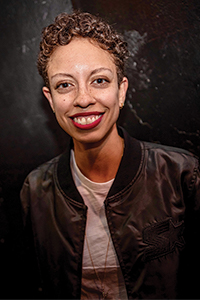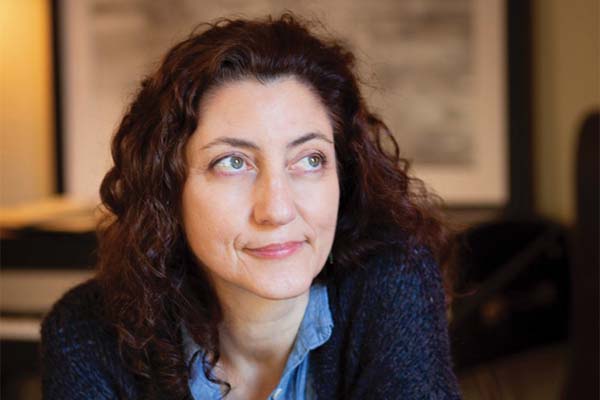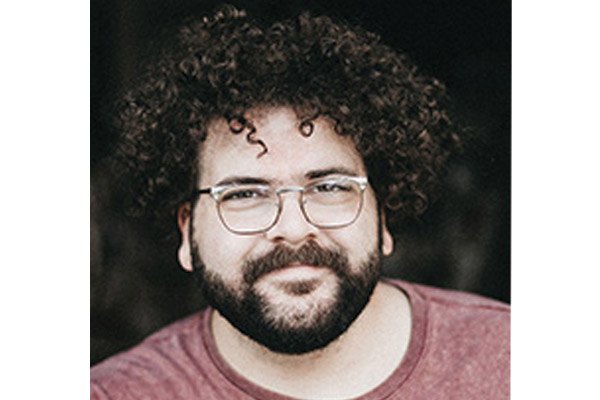An Electronic Approach to Music Making…with MacPhail’s EMRA Director Michael Cain
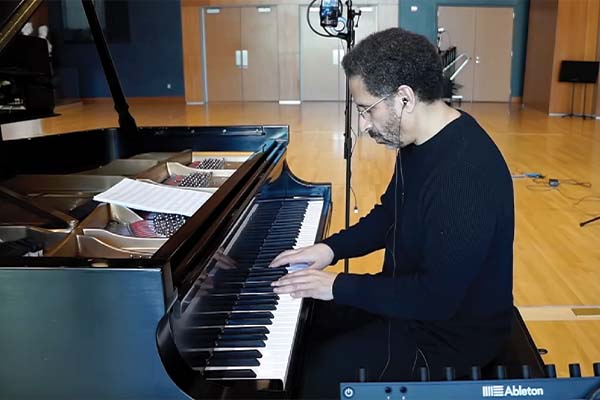
How many ways can you make music?
At MacPhail Center for Music, we believe there’s no limit. Playing an orchestral instrument is one method. Programming digital technology is another. We’re always looking for new tools and techniques to help students bring their ideas into the world.
Last year, MacPhail launched EMRA (Electronic Music Recording Arts), creating yet another path for students to express their creativity.
The program’s director, Michael Cain, is a pianist who spent over two decades as a professor of jazz and composition. But he recognizes that not everyone who walks through MacPhail’s doors has access to a standard musical instrument. Or even wants to make music that way.
EMRA offers other options—so many, in fact, that the program can be a little hard to describe. There is no “typical” student seeking instruction. But its musicians are alike in one way-
“They have ideas for musical content they want to create” Cain says. “Their initial instrument might be voice or piano. Maybe they played in band in school or had classical lessons on an instrument. And now, maybe they want to be a producer, or an MC, or learn about the tools that can help them produce their own music”
One common example: learning to use software to craft a perfect pop song.
Consider “Uptown Funk,” by Bruno Mars. The song was a monster hit in 2014, largely thanks to producer Mark Ronson, a luminary in the electronic recording world. Ronson elevated ‘Uptown Funk’ with his genius for sampling (incorporating existing music and reworking it into a new form).
Don’t believe me? Just watch…
“The song starts with some voice and guitar samples from 70’s R&B,” Cain says. “In the first 30 seconds, you feel an emotional connection that reminds you of Stevie Wonder or Earth Wind and Fire. Next, he brings in the Linn drum machine, which is iconic from the 80’s. You’ve heard it on Prince’s ‘Purple Reign’ and Phil Collins’ ‘In the Air Tonight.’ That’s another story that the song is telling. When Bruno starts singing, his voice sounds contemporary, but it’s up against something old school. You’ve got something from all of those decades.”
Familiar song samples can jog our collective memory, tapping into a well of emotion. We may not recognize a sound specifically, but we experience a feeling—one that’s produced, ironically, with computer software.
“Across history, recording artists have created this huge, rich body of work,” Cain says. “Sampling it, curating it, and reinterpreting it is an art form.”
EMRA teaching artists have expertise in software and editing techniques used in sampling. Their students have access to all the industry-standard tools, such as ProTools, Ableton Live, Logic Pro, FL Studio, and Traktor Pro. Cain explains that most of us have access to software such as this in our home computers or smart phones. There are literally “mini recording studios in your computer.”
Students may take classes in the electronic instruments that cater to hip hop: drum machines, samplers, recording software, multitrack layering, and so on. “Most of us have heard these electronic and electroacoustic sounds,” Cain says, “and so many of our students are coming to us to learn how to use them, program them.”
But pop and hip hop are just two slices of the pie. “We teach the technology that facilitates that kind of music, for sure” he says. “But anyone can take these tools, instruments, skills, and techniques, and realize their own music in any style.” A teacher might want to incorporate software into the classroom, to bring lessons to life. Or a classical musician might be drawn to the program to enhance her practice sessions.
One recent student, an accomplished violinist, is the concert master for the Minneapolis Philharmonic Orchestra. “She wants to be able to record herself playing violin,” Michael explains, “and then cut the recordings into loops and sections that she can use for practicing, or inspiration for new compositions. Or so she can isolate sections for her students and use them in teaching. She also wants to be able to collaborate with other electroacoustic musicians, who are already engaging with electronic music making tools.”
EMRA dovetails nicely with MacPhail’s ongoing goal to introduce new people to music education. “If we’re only teaching violinists, or such” Cain says, “we’re missing 90% of people engaging with music out there.”
We’re living in a moment when all you need to begin creating music is a smart phone. This works. MacPhail is happy to meet students where they are. “We have an instructor who’s an expert in mobile music making,” Cain says. “If you have a phone, you have access to a wonderful music making tool.”
Another benefit of EMRA: Artists can connect with people in other musical genres. From Cain’s point of view, there’s been a bias against technology and the styles that came out of it—like hip hop and R&B. And that prevents the exchange of ideas. But MacPhail takes an inclusive approach. Are you a MC? A DJ on a turntable? You are welcome to join MacPhail’s musical universe. “Come in and meet a classical composer, or a pianist, or a jazz saxophonist,” he says. “You can then introduce them to the art of turntable-ism. Or mixing and mastering, on the engineering side.”
MacPhail’s greatest asset, Cain says, is its teachers. He’s still “pinching himself” for getting to work with this “astonishingly talented” team of teachers.
“I’ve been a fan of K. Raydio (Krysta Rayford) for 10 years,” he says. “I couldn’t believe she’d take my call, let alone agree to be an electronic music teacher. The whole team is phenomenal. Our DJ (Kenichi Thomas) is world class. We just brought in a major TV and film scorer from LA who recently relocated to the Twin Cities (Barbara Cohen). And Isaac Rohr is one of the most talented composers and producers in electronic music that I know. I cannot overstate what an unbelievable collection of instructors this is.”
MacPhail already offers a diverse variety of musical instruction. EMRA is a bridge that links all of those departments together. In other words? There are now more ways to make music. That’s good news for everyone.

